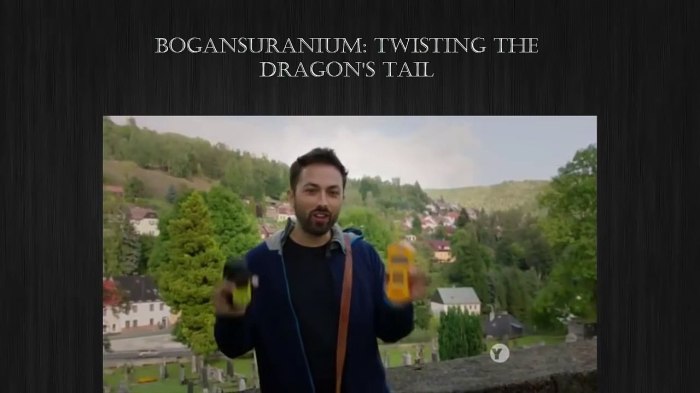Embark on a journey into the realm of nuclear science with our engaging Uranium Twisting the Dragon’s Tail Worksheet. This comprehensive guide unravels the captivating world of uranium, its properties, applications, and its pivotal role in nuclear energy production.
Delve into the intricacies of uranium enrichment, nuclear fission, and the design of nuclear power plants. Explore the environmental implications of uranium mining and nuclear power, and gain insights into the future of uranium and nuclear energy in the global energy landscape.
Uranium: Properties and Applications

Uranium, a naturally occurring radioactive element, possesses unique properties that make it a valuable resource in various industries. Its exceptional ability to undergo nuclear fission, releasing enormous amounts of energy, has established its significance in nuclear power generation.
Beyond nuclear power, uranium finds applications in medicine, scientific research, and other specialized fields. For instance, uranium isotopes are used in medical imaging techniques, radiation therapy, and the development of diagnostic tools.
Uranium Enrichment
Uranium enrichment is a crucial process in nuclear energy production. It involves increasing the concentration of the fissile isotope uranium-235 in uranium ore, which naturally contains only a small percentage of this isotope. Enrichment enables the controlled release of energy during nuclear fission.
Various methods are employed for uranium enrichment, each with its advantages and disadvantages. These methods include centrifuge, gaseous diffusion, and laser isotope separation.
Nuclear Fission and the Role of Uranium
Nuclear fission is a process where a heavy nucleus, such as uranium-235, splits into two or more lighter nuclei, releasing a significant amount of energy. Uranium plays a pivotal role in nuclear fission as it is the primary fuel used in nuclear reactors.
When a neutron is absorbed by a uranium-235 nucleus, it triggers a chain reaction, resulting in the release of additional neutrons and the splitting of more uranium nuclei. This process sustains a controlled nuclear fission reaction, generating vast amounts of heat energy.
Nuclear Power Plants, Uranium twisting the dragon’s tail worksheet
Nuclear power plants harness the energy released from nuclear fission to generate electricity. These plants utilize uranium as fuel, which is loaded into fuel rods and arranged in a reactor core.
The reactor core is designed to control the nuclear fission reaction, ensuring a stable and efficient energy production. Nuclear power plants are equipped with multiple safety systems and regulations to minimize the risks associated with nuclear power generation.
Environmental Impact of Uranium Mining and Nuclear Power
Uranium mining and nuclear power generation have environmental implications that require careful consideration. Uranium mining can lead to the release of radioactive materials into the environment, while nuclear power plants produce radioactive waste that must be safely managed and disposed of.
However, compared to other energy sources, nuclear power has a relatively low carbon footprint and does not contribute to greenhouse gas emissions during electricity generation.
Uranium Market and Global Supply
The global uranium market is influenced by factors such as demand from nuclear power plants, supply from uranium mines, and geopolitical events. Major producers of uranium include Kazakhstan, Canada, and Australia, while the United States and China are among the largest consumers.
The price of uranium fluctuates based on market dynamics, including supply and demand, production costs, and political uncertainties.
Future of Uranium and Nuclear Energy
The future of uranium and nuclear energy remains uncertain, with ongoing debates about its role in the global energy mix. While nuclear power offers a low-carbon energy source, concerns about safety and waste management persist.
Emerging technologies, such as advanced reactor designs and nuclear fusion, hold the potential to address these challenges and shape the future of nuclear energy.
Questions and Answers: Uranium Twisting The Dragon’s Tail Worksheet
What are the key properties of uranium that make it suitable for nuclear power generation?
Uranium possesses a high atomic number, enabling it to sustain nuclear fission reactions. Its isotopes, particularly Uranium-235, are fissile, meaning they can be split apart to release vast amounts of energy.
How is uranium enriched for use in nuclear reactors?
Uranium enrichment involves increasing the concentration of the fissile isotope Uranium-235. Various methods are employed, such as gaseous diffusion, centrifuge enrichment, and laser enrichment.
What are the environmental concerns associated with uranium mining and nuclear power generation?
Uranium mining can generate radioactive waste, while nuclear power plants produce radioactive byproducts. Proper waste management and safety protocols are crucial to minimize environmental impact.


